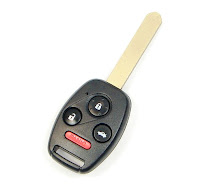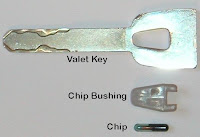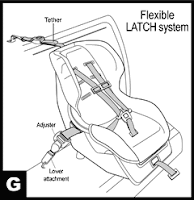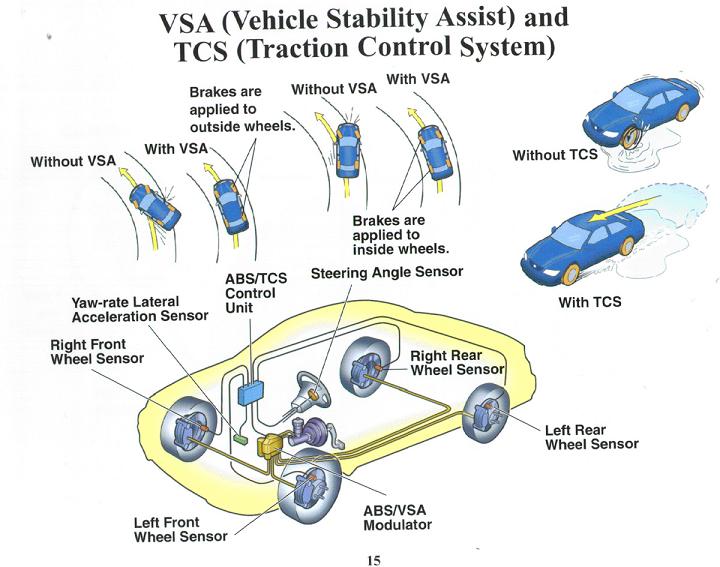
Just like all systems in modern cars, key technology has come a long way. Keys have evolved for two main purposes, convenience and security.
Convenience - Keys allow us to access our vehicles when needed. From this standpoint they are convenient when you are trying to get inside your car, truck, etc. Many years ago, auto manufactures figured out that the easier they made it for owners to get access to their vehicles, the better off life would be. Cue the invention of keyless entry. It's no doubt that it's much easier to get in and out when you can unlock the doors from 30 feet away. Some companies have gotten even more clever with their remotes, adding different features. If you own a 2003 or newer Honda Accord or 2009 Honda Pilot, try unlocking your doors, then pushing and holding the unlock button a second time. You'll find all your windows roll down remotely to vent hot air from the inside of the vehicle.
Security - The second primary purpose of keys is to allow you and only you access to the vehicle. Modern keys have become harder to copy and take security much further than previous systems. You'll find microchips implanted in keys now that speak to an "immobilizer" before starting the car. If the car doesn't see the right chip code it will de-activate the ignition system preventing the car from starting. This way if someone does manage to copy a key, it still wont start your car.

So what if you need an additional or replacement key? With all this technology it's no longer possible to visit your local hardware store to have a key cut. A trip to your local dealer will be your only course of action. To program a new key you must bring ALL your keys with you or the car will not recognize the missing units when re-programed. The technician will have to cut a new key, then reprogram all the units into the cars system. The whole process can take up to an hour to complete. For more information, contact your dealers service department.



